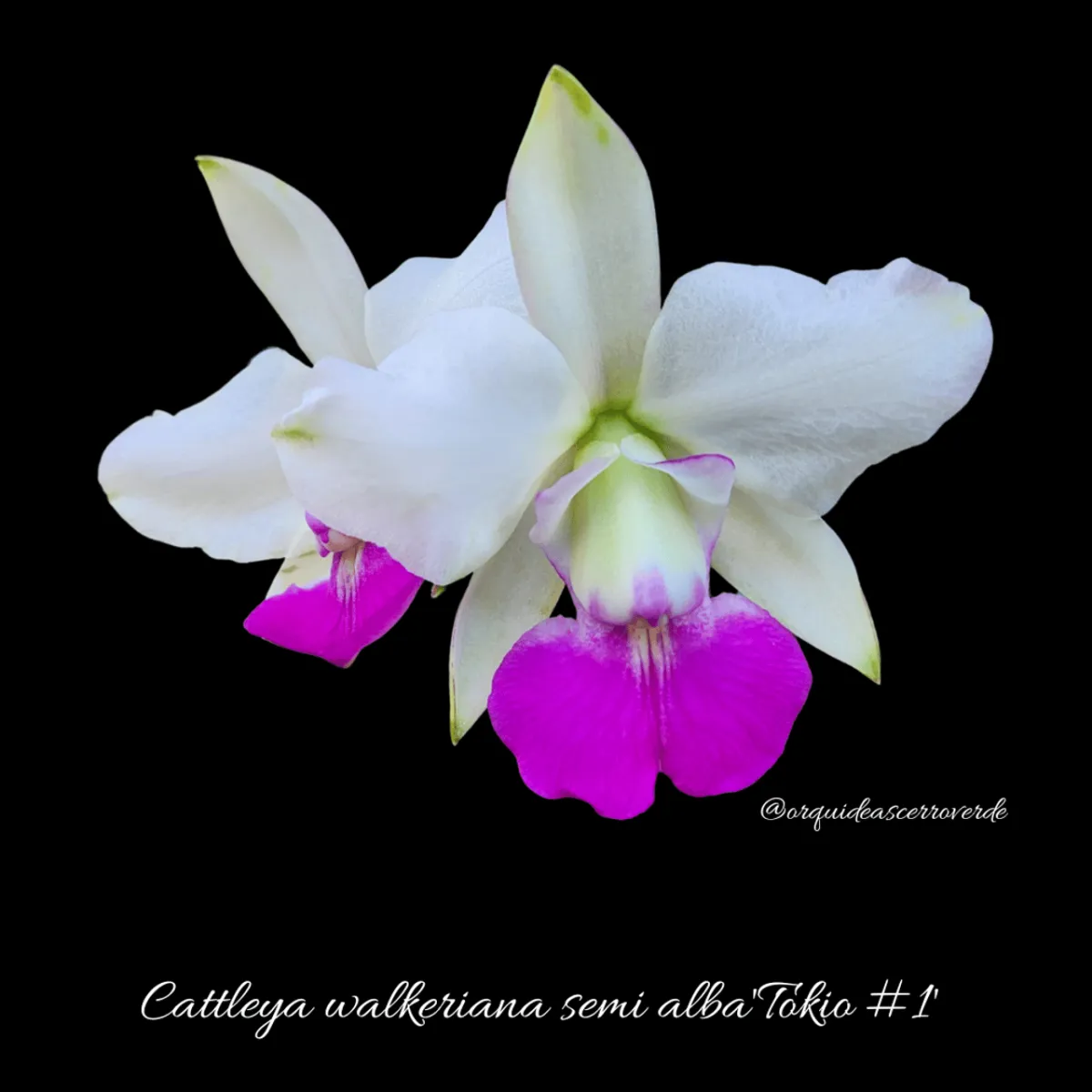
Cattleya walkeriana
Another Brazilian cattleya species - Part I
Cattleya walkeriana was discovered about 1839 by Gardner during his travels in Brazil, and was named after Edward Walker who accompanied him on some of his journeys. A few years later, Libon, a collector, sent plants back to Belgium.
Found in Goias, Minas Gerais, Espirito Santo and Sao Paulo states of Brazil on giant old trees on rocky limestone plateaus or small trees or moist rocks near streams at elevations up to 2000 meters.
The plants are popular in Brazil due to their annual free-flowering qualities and ability to withstand rogorous climatic conditions with little care. The plants should dry quickly after rain or water, an essential for their proper survival.
The plants of this species have stout rhizomes with bulb-like pseudo-bulbs up to 6 in. (15 cm.) high and produce one or, usually, two leaves 2-4 in. (10 cm.) long. The 1-2 flowers are rosy purple, pink-lilac to white in color and about 4 in. (10 cm.) acroos. The lip is a reacher color with a white or pale yellow base and an anterior border of amethyst-purple. The flowers are very sweeted scented.
The plants can bloom almost any time of the year but show two flowering peaks, one in May, the other in December. The flowers form from small specialized shoots about 1-2 in. (2.5-5 cm.) tall that emerge from the rizome near the base of the previous growth. This stem is first clothed with green bracts that soon dry, after which the flowering peduncule appears from the apex. After flowering a new bud is formed at the base, which develops into the next foliar stem.
Source: The Cattleyas and their relatives, Volume 1, Author: Carl L. Withner
Cattleya walkeriana tipo 'Helder Conrado 25'

